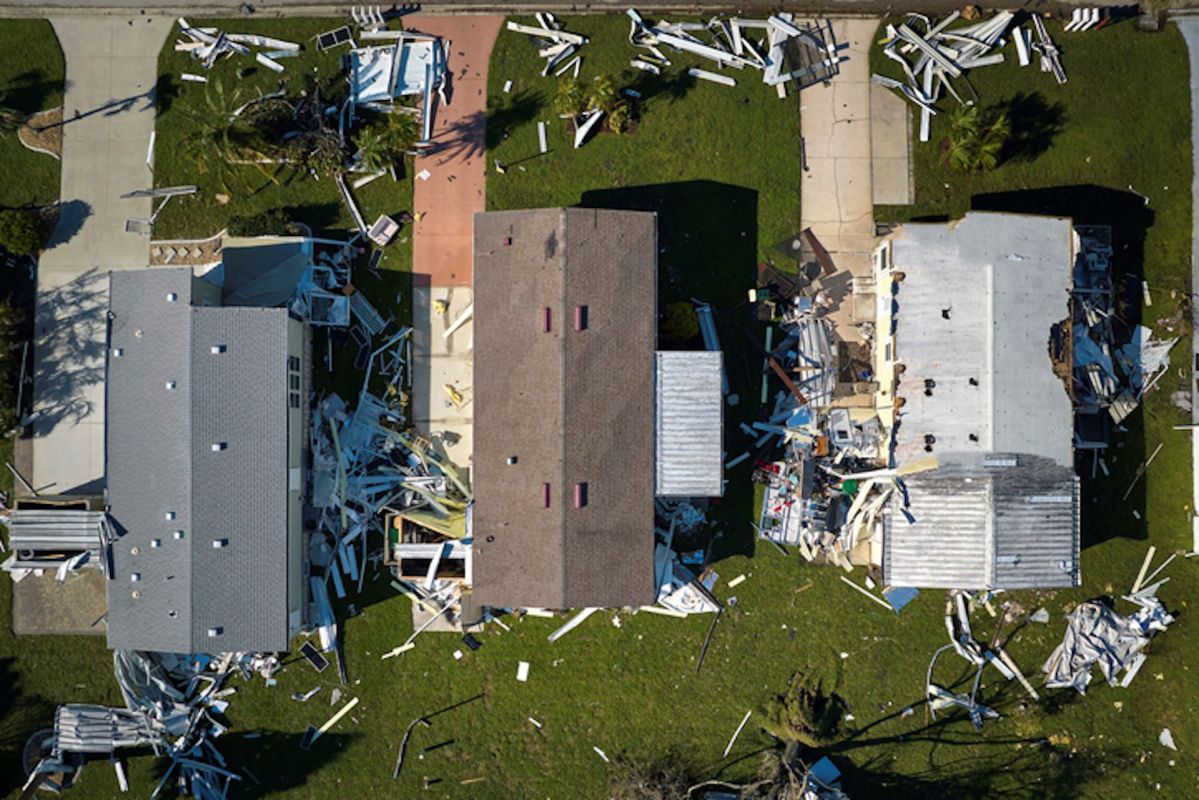The U.S. is breaking records in a less-than-exciting way.
In August, Hurricane Idalia became the 23rd weather disaster to cause over a billion dollars in damages in 2023, surpassing the previous record of 22 such events in 2020. With a few months to go, there's strong potential for more devastating — and expensive — disasters.
What's happening?
The National Oceanic and Atmospheric Administration (NOAA) has been tracking weather disasters and the cost of damages since 1980, using insurance payouts, infrastructure damage, and other data to estimate their economic impact.
As of Sept. 11, the agency had estimated more than $57.6 billion in damages this year, in addition to the devastating loss of life and livelihood caused by these events.
Why is this year so concerning?
The frequency and severity of these destructive events have left scientists disturbed.
"It takes a lot to surprise me with all these extremes, but this year has been a surprise," Adam Smith, a NOAA economist and scientist, told the Washington Post.
From 1980 to 2022, the annual average of billion dollar weather events was 8.1 per year, adjusted for inflation. But over the last five years specifically (2018-2022), the average jumped to 18 annual events, with losses totaling over $100 billion in five of the last six years, according to the Washington Post.
"I thought, 'That record is probably going to stand for a while,'" Smith said of 2020. "Just three years later, we are shattering a record that had shattered previous records."
The NOAA count includes tornadoes that tore through the Midwest, hailstorms that pummeled Minnesota and Colorado, atmospheric rivers that left California in a deluge, flooding in Vermont, and the horrific wildfires in Maui, Hawai'i.
As populations continue to grow in disaster-prone areas, people and their property remain vulnerable to supercharged weather events fueled by our warming planet. Globally, July set its own record as the hottest in a recorded history that goes back to 1880.
What is being done?
Although more action is needed, the Bipartisan Infrastructure Deal passed in 2021 includes several goals that aim to increase disaster resilience and reduce the polluting gases that warm the planet and intensify these events.
Some of its projects include investing in infrastructure, updating the power grid, expanding access to public transit, and cleaning up former dirty energy sites that continue to pollute the areas around them.
Although these projects come with their own costs and may take years to complete, these investments are a critical step in mitigating even worse disasters in the future. We really can't afford not to.
Join our free newsletter for cool news and actionable info that makes it easy to help yourself while helping the planet.









